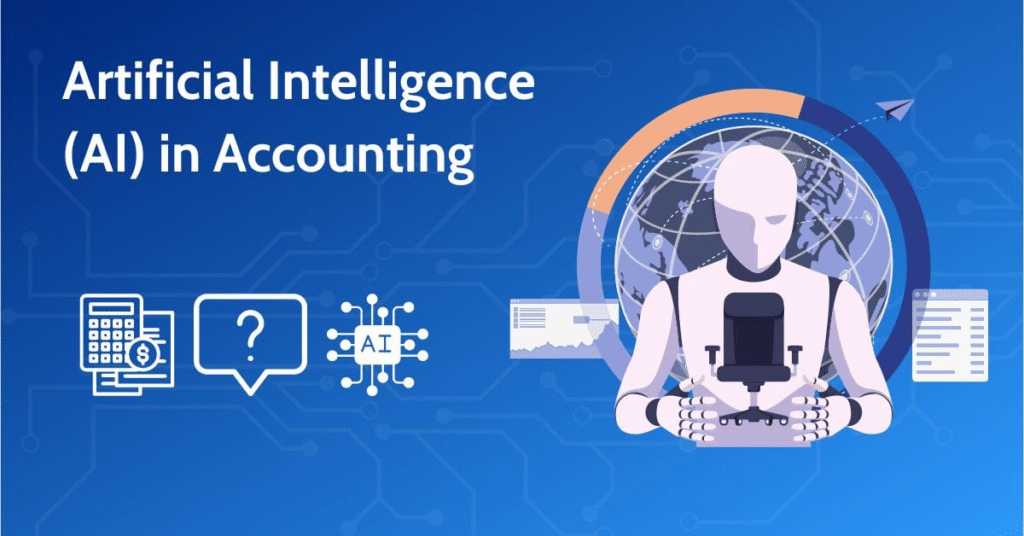Commercial roofing has come a long way from the days of basic materials and manual labor. Today, a new era of innovation is transforming how roofs are installed, maintained, and monitored. With advances in digital tools, sustainable materials, and automation, commercial roofing projects are becoming more efficient, longer-lasting, and environmentally responsible.
As buildings become more complex and sustainability becomes a higher priority for businesses, the demand for cutting-edge roofing technologies continues to grow. From smart sensors to drone inspections and advanced membranes, these innovations are elevating the performance and reliability of commercial roofs across industries.
The Rise of Smart Roofing Systems
Smart technology has infiltrated nearly every area of construction, and commercial roofing is no exception. Roofing systems now come equipped with integrated sensors that monitor moisture levels, temperature fluctuations, and structural movement in real time. These tools alert building managers to potential problems before they escalate into costly repairs. For building owners seeking top-tier performance, integrating smart roofing systems as part of broader business roofing services ensures that their investment is protected and that the roof continues to support operational efficiency. Moisture detection sensors, for instance, are embedded beneath the roofing membrane and provide constant updates on water intrusion risks. When paired with cloud-based monitoring software, these systems allow for predictive maintenance and rapid response, reducing long-term damage and increasing the roof’s service life.
Drones and Aerial Imaging for Inspections
Gone are the days when roof inspections required dangerous climbs and hours of manual labor. Drones equipped with high-definition cameras and thermal imaging sensors are revolutionizing the inspection process. They can survey large commercial rooftops in minutes, capturing detailed visuals of the surface, flashing, drainage points, and any damage or deterioration.
Thermal imaging is particularly valuable for identifying areas of heat loss or moisture infiltration that may not be visible to the naked eye. These technologies provide accurate, up-to-date data that contractors and facility managers can use to make informed decisions about repair, restoration, or replacement.
Using drones improves safety and speed and increases accuracy, enabling better documentation and analysis throughout the project lifecycle. It supports ongoing condition assessments as part of proactive maintenance programs.
Sustainable Materials for High-Performance Roofs
As businesses increasingly focus on environmental impact and energy efficiency, the materials used in commercial roofing have evolved. Today’s innovative roofing systems prioritize both durability and sustainability, with materials designed to withstand extreme weather, reflect solar radiation, and reduce building energy consumption.
Cool roofing systems, for example, use highly reflective surfaces that lower the roof’s surface temperature and reduce heat transfer into the building. This improves HVAC efficiency and reduces cooling costs, particularly in warmer climates. Vegetative or “green” roofing options, which incorporate live plants and soil, provide natural insulation, stormwater management, and air quality benefits.
Recyclable thermoplastic polyolefin (TPO) membranes and energy-efficient insulation products further contribute to LEED certification goals and green building standards. By choosing sustainable roofing technologies, businesses can save money and demonstrate their commitment to environmental stewardship.
Advanced Installation Methods and Robotics
Technology is transforming the way commercial roofs are installed. Robotic welders and automated membrane applicators are now being used on large-scale projects to ensure precision and consistency. These machines can weld seams more accurately than humans, minimizing the risk of leaks and extending the lifespan of the roof.
GPS-guided equipment helps crews map out installations with greater accuracy, avoiding wasted material and reducing time on site. 3D modeling software allows contractors to plan and simulate installations before work begins, identifying potential challenges and streamlining execution.
These innovations enhance safety, reduce labor costs, and ensure that the finished product meets the highest performance standards, critical advantages in competitive commercial construction environments.
Integrated Roofing with Building Management Systems (BMS)
As buildings become smarter, roofs are increasingly being integrated into centralized building management systems (BMS). This approach allows roofing data, such as temperature, energy output, and water intrusion alerts, to feed into a broader facility management dashboard.
This integration gives facility managers a holistic view of the building’s performance and allows them to coordinate maintenance efforts more effectively. If roofing sensors detect a leak, BMS systems can automatically adjust HVAC systems to prevent further humidity buildup or trigger alerts to schedule a repair crew.
Incorporating the roof into the building’s digital infrastructure ensures it functions not just as a barrier against the elements but as an active participant in optimizing energy efficiency and operational reliability.
Extended Lifespan and Predictive Maintenance
Perhaps one of the most valuable impacts of roofing innovation is the ability to extend system lifespan through better maintenance and forecasting. Predictive analytics, powered by real-time data from sensors and drones, allow contractors and building owners to anticipate when and where maintenance will be needed before major problems arise.
This shift from reactive to predictive maintenance reduces emergency repair costs, prolongs roof life, and ensures consistent performance throughout the year. Coupled with durable materials and precise installation methods, today’s commercial roofs can remain in peak condition far longer than previous generations.
For building owners and facility managers, staying ahead means embracing these advancements and partnering with roofing professionals who understand how to integrate them effectively. The future of roofing isn’t just about keeping the rain out, it’s about turning the rooftop into a vital asset that protects your building, your budget, and your brand.






